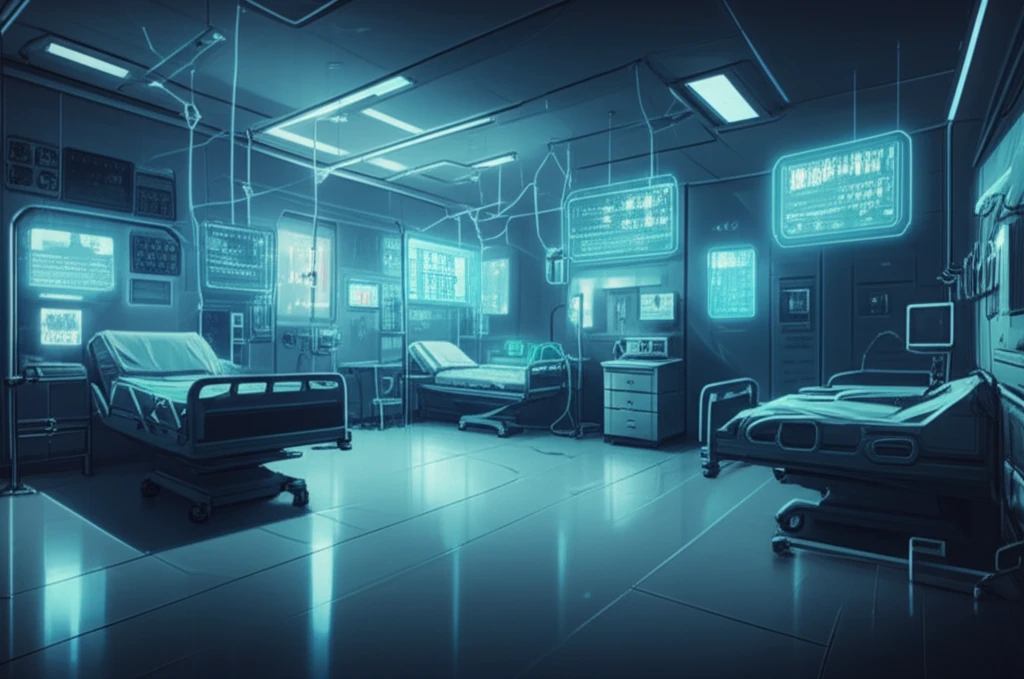
Joint Replacement Revolution: Can Telemonitoring Cut Costs and Infections?
"Discover how automated systems are transforming post-operative care, offering a lifeline for patients and significant savings for hospitals."
Surgical site infections (SSIs) represent a significant challenge in healthcare, leading to increased costs and complications, especially after joint replacement surgeries. Traditionally, hospitals have relied on manual follow-up processes, which are labor-intensive and prone to inconsistencies. Innovative solutions are needed to enhance patient care while optimizing resource allocation.
Telemonitoring systems are emerging as a promising solution to address these challenges. By automating communication and data collection, these systems can improve patient adherence to pre- and post-operative protocols, facilitate early detection of potential complications, and reduce the burden on healthcare staff. Two such systems, EpxDecolonization (EpxDecol) and EpxWound, have been developed and implemented at Washington University to enhance the management of orthopedic joint replacement patients.
This article examines the impact of EpxDecol and EpxWound on patient engagement, infection prevention, and cost savings over an 88-week period. We delve into how these systems work, the outcomes observed, and the potential for broader application in surgical care.
How Automated Telemonitoring Works: A Step-by-Step Guide

EpxDecol focuses on the critical pre-operative phase, ensuring patients adhere to decolonization protocols designed to reduce the risk of Staphylococcus aureus infections. Six days before surgery, patients receive automated messages asking if they have collected their prescribed decolonization supplies, which include mupirocin nasal ointment and chlorhexidine gluconate cleanser.
- EpxDecol: Starts 6 days before surgery, ensuring patients pick up and use their decolonization supplies.
- EpxWound: Begins 5 days post-op, monitoring pain, wound condition, and temperature.
- Alert System: Sends alerts to nurses for patients reporting issues, enabling quick follow-up.
- Patient Surveys: Gathers feedback on care quality and communication effectiveness.
The Future of Surgical Care: Telemonitoring and Beyond
EpxDecol and EpxWound represent a significant step forward in optimizing surgical care. By leveraging technology to enhance patient engagement and streamline follow-up processes, these systems offer a model for improving outcomes and reducing costs. As healthcare continues to evolve, telemonitoring solutions will likely play an increasingly important role in delivering efficient, patient-centered care across various surgical specialties.
